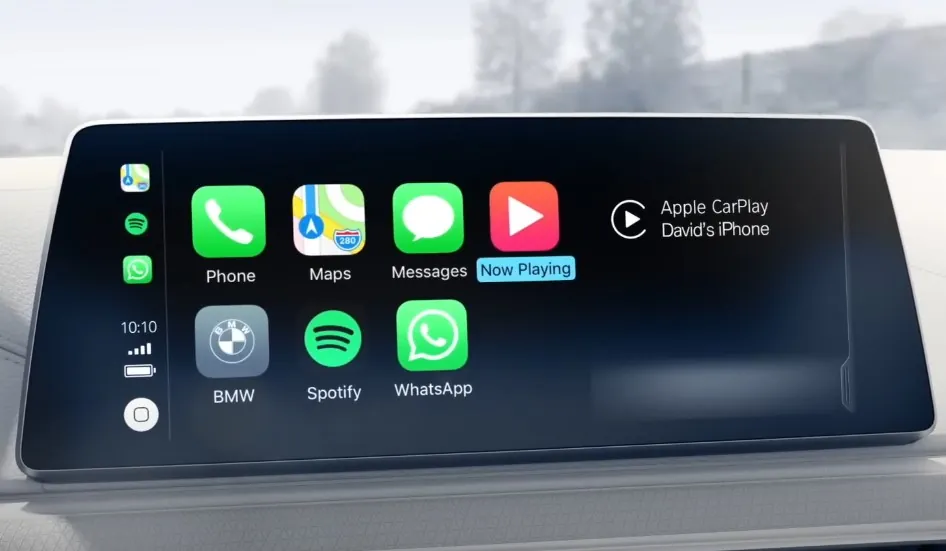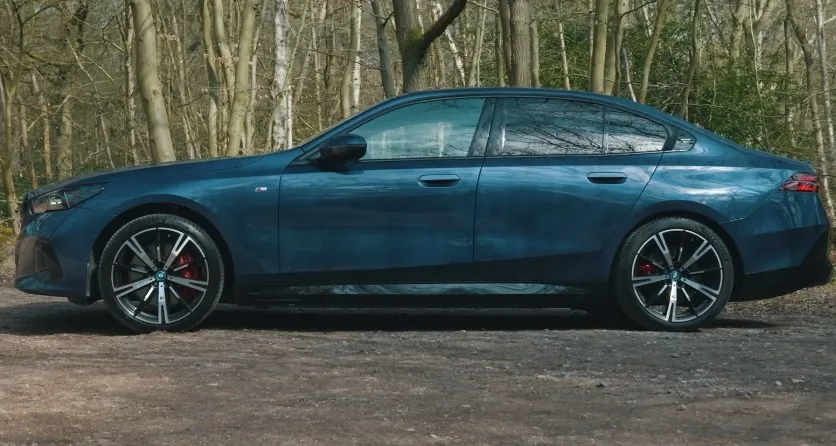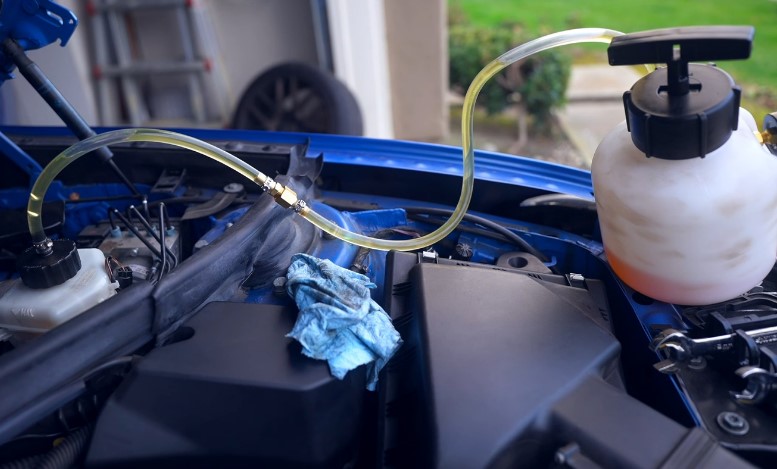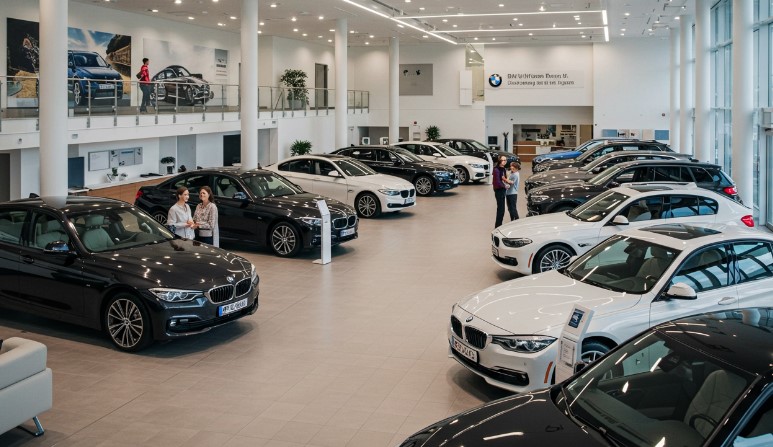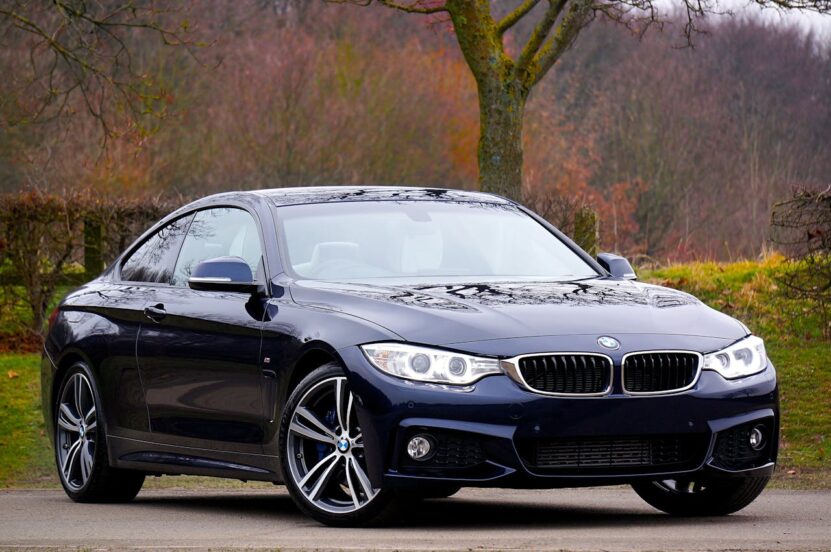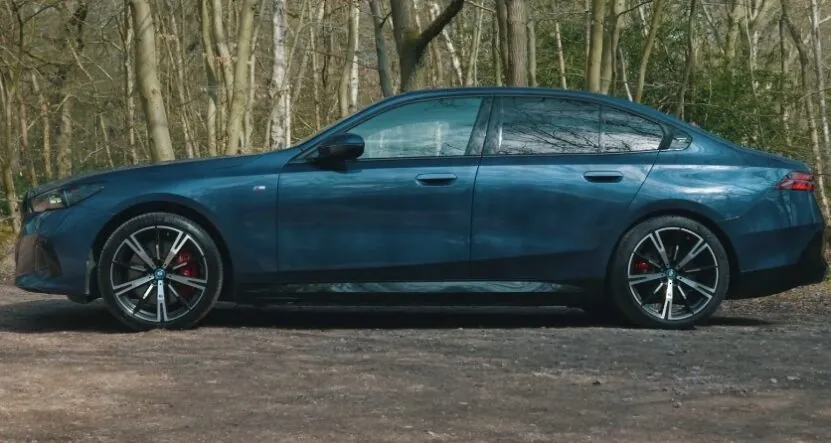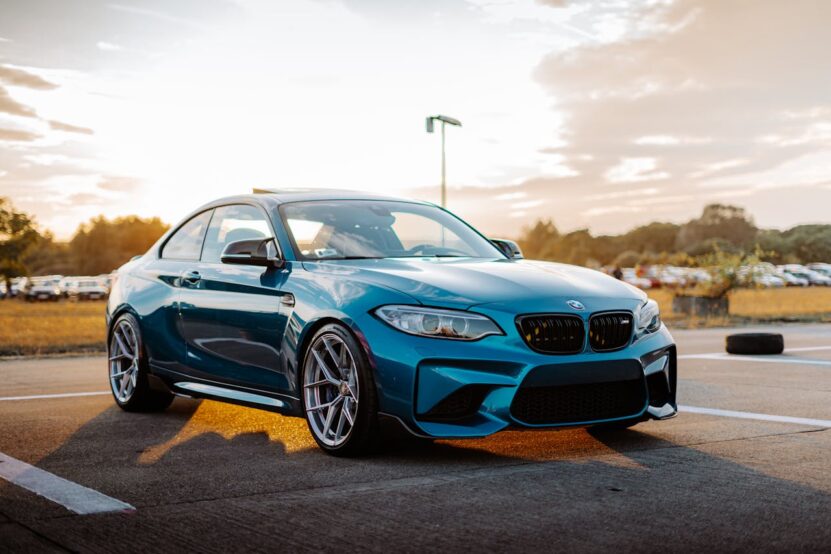
Share Post:
If you’ve owned a BMW for any length of time, you’ve probably had some strong opinions, or at least a few frustrating conversations, about run-flat tires.
Maybe it was after a surprise pothole turned into an expensive replacement. Maybe it was the first time you noticed the car felt a little too stiff on rough pavement. Or maybe you’re just tired of the limited options and higher costs at the tire shop.
Run-flats have been standard on most BMWs since the early 2000s. But many owners wonder whether they’re actually worth it, or if switching to standard tires might offer a smoother, cheaper ride.
The answer depends on how you drive, where you live, and what you value most: safety, cost, convenience, or performance.
Today, we’ll offer some guidance for BMW owners who want to make the right call for their car. Let’s get right into it.
Table of Contents
ToggleKey Points
- Run-flat tires offer safety and convenience but cost more and ride stiffer.
- Standard tires are cheaper, smoother, and better for performance.
- Switching to standard tires is safe if you’re prepared for flats.
- Always replace all four tires and check lease terms before switching.
Run-Flat Tires In a Nutshell
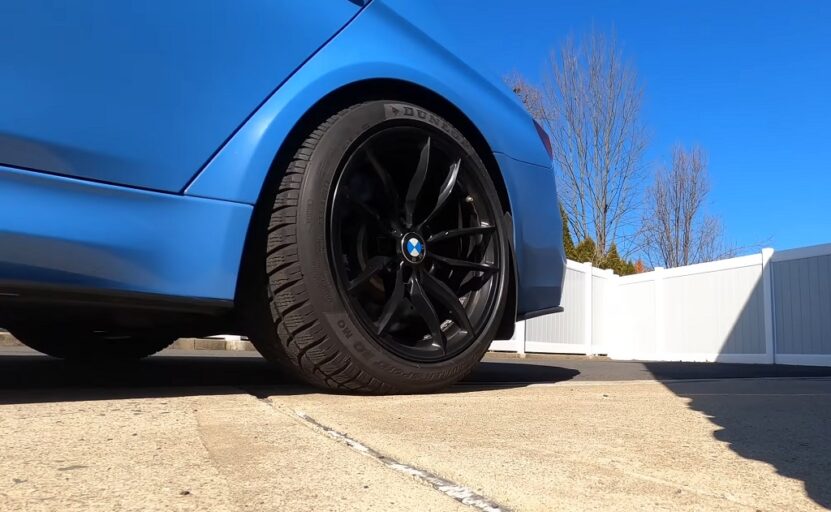
Run-flat tires are engineered to do one thing really well: keep going after a puncture. Even if they lose all air pressure, they’re designed to let you drive up to 50 miles (sometimes more) at speeds up to 50 mph. That buys you time. No need to stop on a sketchy roadside. No calling a tow truck right away.
BMW started using them in 2003, first on the Z4 and 5-Series, and gradually rolled them out across most of its lineup.
Today, if you buy a new BMW, especially a sedan or SUV, it’s probably riding on run-flats unless you’re in an M model or specifically requested otherwise.
Two Main Types (But One You’ll Likely See)
There are two core designs:
- Self-Supporting (most common on BMWs): These have reinforced sidewalls. Even when deflated, they can carry the weight of the car.
- Support Ring: Less common. They use a thick ring inside the tire to protect the rim if pressure drops.

Both work in tandem with your BMW’s Tire Pressure Monitoring System (TPMS), which alerts you on the dash when pressure dips.
But there’s a catch: once they’ve been driven on flat, most run-flats can’t be repaired. Even if the hole is small, internal damage can compromise the tire’s structure. That’s a full replacement, no patch-and-go. Luckily, there are great replacement options.
What About Standard Tires?
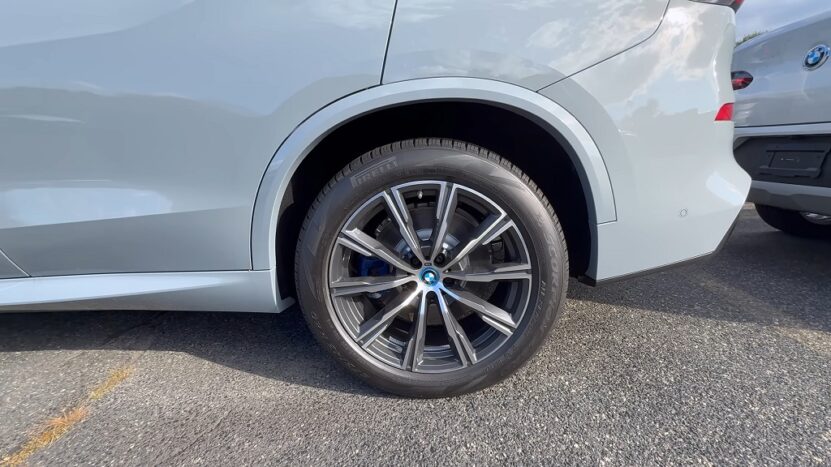
Standard tires, also called regular or conventional tires, are what most cars outside the luxury and performance segments come with.
They’re cheaper, more comfortable, and easier to find. But once punctured, they deflate quickly and typically need immediate attention.
Your BMW won’t come with a spare tire unless you specifically ordered one. If you’re running standard tires, you’ll need to carry a spare, a jack, or a puncture repair kit, just in case.
That’s not necessarily a deal-breaker. But it’s something to plan for.
How Do They Actually Compare?
Here’s a clear side-by-side look at how the two stack up for BMW owners:
| Aspect | Run-Flat Tires | Standard Tires |
| Safety | Drive up to 50–100 miles after a puncture. No need to pull over immediately. | Puncture means immediate action – either repair, replace, or tow. |
| Cost | $200–$500 each. Often not repairable after damage. | Cheaper. Frequently repairable. |
| Ride Comfort | Stiff, especially on uneven roads. | Smoother, absorbs bumps better. |
| Performance | Slightly less responsive; BMW tunes suspensions to help. | Better grip, handling, and feedback for most drivers. |
| Convenience | No spare tire needed. More trunk space. | Requires spare or kit; more gear to carry. |
| Availability | Harder to find at tire shops, especially outside major cities. | Widely available almost everywhere. |
| Wheel Risk | Stiff sidewalls increase risk of rim damage from potholes. | Softer sidewalls absorb impacts better. |
The Case for Run-Flats on Your BMW
There’s a reason BMW made run-flats standard in the first place – and it’s not just about saving trunk space.
Why They’re Worth It:
- Safety First: A tire blowout at high speed is terrifying. Run-flats reduce the chance of losing control after a puncture.
- Peace of Mind: No wrestling with a jack at 10 p.m. on the shoulder of I-80. Just keep driving to the next safe stop.
- Design Compatibility: BMW engineers tune suspension systems for run-flat tires. In many models, the shock absorbers, sway bars, and even alignment settings are adjusted to compensate for their stiffness.
- More Storage: No spare tire means more space for gear, groceries, or road trip essentials.
A real-world scenario? Picture yourself driving a BMW X5 in the middle of nowhere. You hit a nail. With run-flats, you don’t have to stop immediately or flag someone down, you just slow down, monitor the TPMS, and head to the nearest shop.
And for reference: According to Edmunds, about 16% of all new vehicles sold in the U.S. come with run-flat tires. That number is even higher among BMWs.
The Drawbacks of Run-Flats
For all the safety benefits, run-flats come with a handful of annoyances that BMW owners talk about often.
- Stiff Ride: Those reinforced sidewalls don’t flex much, which makes every pothole feel sharper than it should.
- Expensive: Expect to pay more, sometimes double the price of a standard tire.
- Limited Repair Options: Once punctured, most are trash. You’re buying a new one.
- Harder on Wheels: The same stiffness that protects the tire puts more force on your rims. Many BMW drivers report cracked alloy wheels, especially in urban areas with bad roads.
Some tire shops also stock fewer run-flats. If you get a flat on a road trip, you might have to wait a day or two to get the exact model shipped in.
The Case for Switching to Standard Tires
Plenty of BMW owners, especially those out of warranty or no longer leasing, make the switch. And for good reason.
What’s the Appeal?
- Better Ride Quality: Standard tires are just more comfortable, plain and simple. You’ll feel fewer bumps, and road noise drops.
- Performance Gains: Especially in sporty models like the 3 Series, many drivers notice sharper turn-in and more responsive handling with standard rubber.
- Lower Costs: Fewer blowouts that require full replacement. More repairs, fewer replacements.
- More Choice: There’s a wider selection of standard tires on the market, making it easier to find the right set for your needs – summer, all-season, winter, or performance-focused.
In fact, even BMW M models skip run-flats entirely. They ship with standard performance tires and a repair kit to save weight and improve handling.
When Is It Smart to Make the Switch?
If you’re leaning toward regular tires, you’re not alone. A growing number of BMW drivers have made the change and are happy with it. But it only makes sense if you’re prepared.
Consider Switching If:
- You drive in areas with decent roadside assistance coverage.
- You care more about ride comfort and responsiveness than worst-case-scenario safety.
- You’re okay carrying a compact spare, a jack, and a kit, or using a can of sealant.
- You’ve had enough with cracked rims and don’t want another $900 repair.
One note of caution: if you do switch, replace all four tires at once. Mixing standard tires with run-flats can throw off handling, especially with BMW’s finely-tuned suspension.
Also, talk to your mechanic or tire specialist. Some BMW models may benefit from a quick suspension check or even slight adjustments after the switch.
Practical Tips for BMW Owners
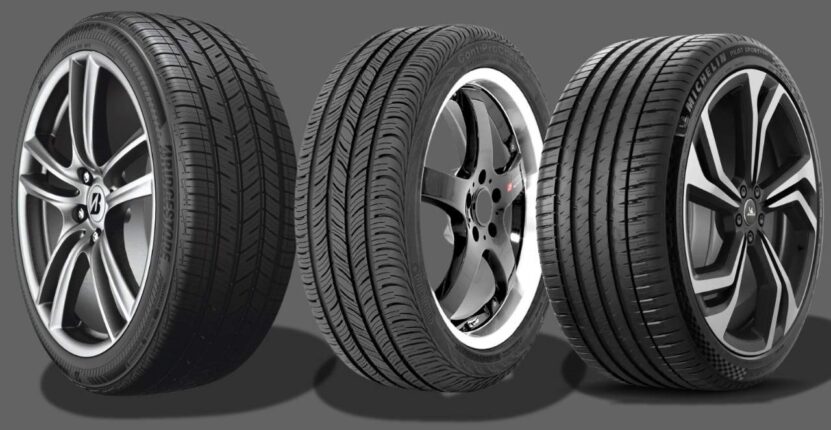
If You Stick With Run-Flats:
- Check your tire pressure often. The TPMS will warn you, but catching slow leaks early helps.
- Stick with premium brands like Michelin, Bridgestone, or Pirelli – BMW’s top recommendations.
- Avoid pothole-heavy roads when you can, and be careful with curbs.
If You Switch to Standard Tires:
- Keep a spare or buy a compact emergency repair kit. Make sure you know how to use it before you need it.
- Store your run-flats if your car is leased – you might need to reinstall them before returning it.
- Get your suspension checked for compatibility. It’s usually not a major issue, but every model’s different.
Best Run-Flat Tires for BMWs (Top Picks)
If you decide to stick with run-flats, these are some of the top-rated options based on BMW owner feedback and tire expert reviews:
- Continental ContiProContact SSR – All-season, smooth ride, great wet traction.
- Michelin Pilot Sport 4 SUV – High-performance SUV tire, tight handling.
- Bridgestone DriveGuard Plus – All-season with longer run-flat range (up to 50 miles at zero pressure).
So, What’s Right for You?
Run-flats offer peace of mind and convenience, especially for highway commuters and long-distance drivers. But they come at a higher cost, with trade-offs in comfort and wheel durability.
Standard tires bring back that classic BMW driving feel – more precise, more comfortable, and easier on your wallet. But you’ve got to be prepared for flats and have a plan in place.
If you’re on the fence, talk to a BMW technician or a tire specialist who works with German cars every day. Bring up your specific model, your driving habits, and your budget. A 3 Series daily driver in the city has different needs than a weekend-only X6 out in the country.
In the end, it’s your car. Your ride. Your choice.
Just make sure whatever tires you roll on, you’ve got the gear – and the knowledge – to handle what comes next.
Related Posts:





